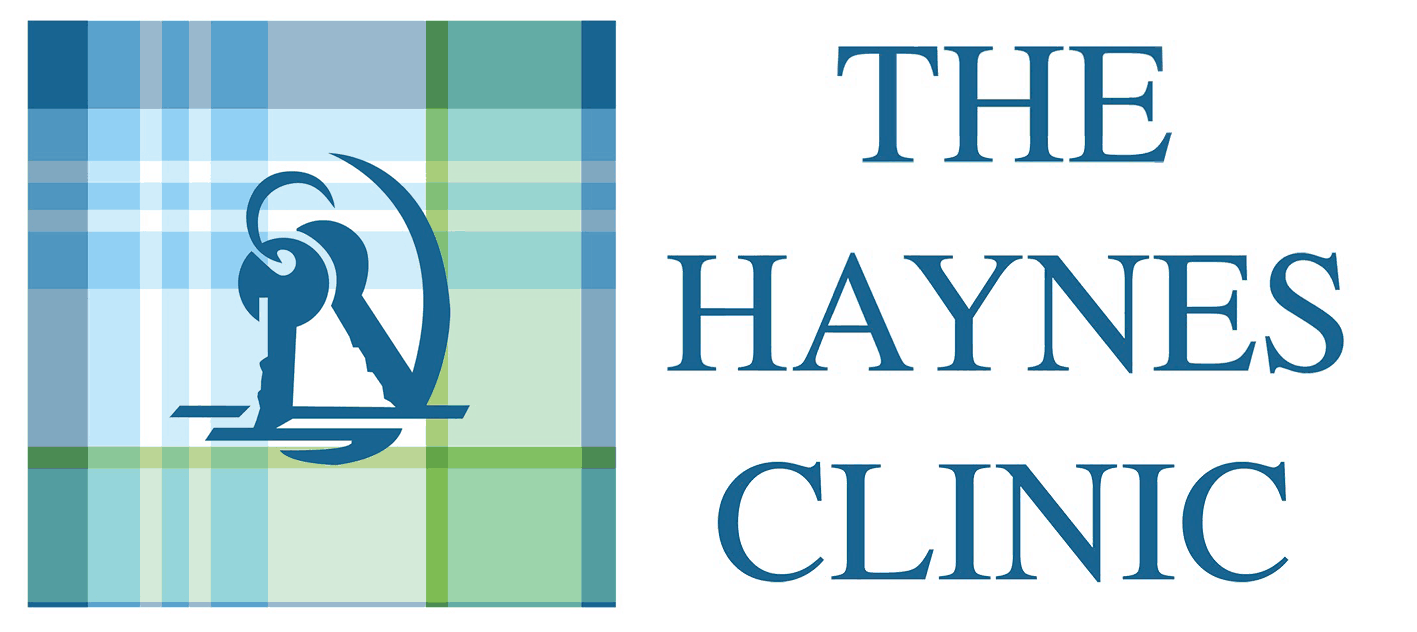What is methamphetamine?
N-methyl-1-phenyl-propan-2-amine, also referred to as methamphetamine, methylamphetamine, or desoxyephedrine, commonly recognised as ‘meth’. In crystalline form, the chemical called crystal meth. Commonly called ice, Tina, or glass, it goes by many other street names. Widely used in specific other countries such as America and Australia and a highly addictive drug, its prevalence is increasing in this country.
Crystal meth is usually smoked in glass pipes, in a similar way to crack cocaine. The drug may also be injected, snorted, swallowed, or inserted into the anus or urethra.

Methamphetamine is available with a prescription for obesity, attention deficit hyperactivity disorder, and narcolepsy. It is illegal to chemically alter over-the-counter drugs – this creates crystal meth, the street drug. The production of crystal meth is even dangerous to those involved in making it. This is because making it can produce poisonous phosphine gas. There can be a danger of an explosion.
Why meth?
Crystal meth can cause extremely rapid weight loss and women may use it for this reason. However, the drug has short-term effects as tolerance is built up. After about 6 weeks weight loss tapers off and stops and usually the weight will be regained weight. Most commonly, people take will take crystal meth because of the long-lasting high that it gives. Meth triggers numerous neurotransmitters to be released in the brain, producing a sense of euphoria that may last as long as 12 hours, depending on how the drug was taken. It is a stimulant which improves concentration, energy, and alertness while decreasing appetite and fatigue. Those suffering from depression may also turn to crystal meth. Commonly taken in the gay community, side effects include increasing libido and sexual pleasure.
The consequences of methamphetamine
As crystal meth is a highly addictive drug, regular use can lead to craving and a need for more and more to produce the same effects.
There are many bad side effects of crystal meth such as diarrhoea and nausea, excessive sweating, and loss of appetite. Insomnia, tremors, jaw-clenching and agitation are more downsides, to name but a few.
Brain damage, a sensation of flesh crawling (formication), paranoia, hallucinations and delusions are consequences of overdosing. There could also be tension headaches, muscle breakdown (rhabdomyolysis) which can lead to kidney damage or failure, and death due to stroke or hypothermia.
Writing this – and reading it if you are – must make you wonder why anyone takes it in the first place!
The Haynes Clinic is an alcohol, drug and gambling addiction rehabilitation clinic which offers detox and counselling for people with addictions. It follows the Twelve Step Programme of recovery.
Call 01462 851 414 for free and confidential advice.
